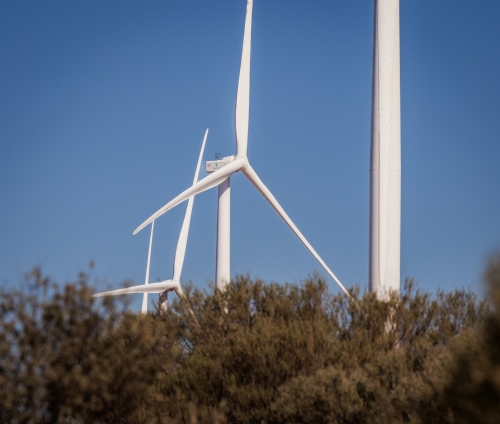An Update on Bird and Bat Interactions at our Windfarm
01/06/2025
Wind farms can affect bat and bird populations through barotrauma and collisions with turbines. To address these risks, Liontown began monitoring activities in FY24 and has since expanded efforts to trial new mitigation practices.
The turbines were designed with remote-control operation, direction changes, and independent speed control, allowing greater flexibility to manage potential incidents. In addition, turbine spacing standards set by the International Union for Conservation of Nature (IUCN) were followed to accommodate natural bird and bat movements.
In 2024, bat detection equipment was installed to monitor native bat species and inform management strategies to reduce wildlife collisions. Earlier mitigation trials focused on exploring the potential for the use of sound frequencies, radar systems, and colour-changing tower globes.
In FY25, we shifted focus to turbine curtailment (adjusting the cut-in speed, or the minimum wind speed required for turbines to operate). Curtailment would be combined with the data from the detection systems installed in 2024, allowing us to track periods of potential high bird and bat activity, with the aim of reducing wildlife collisions at the Kathleen Valley Wind Farm.
In partnership with our power provider, Zenith Energy, we will test the effectiveness of turbine curtailment. Two trial designs will be considered: a one-month continuous trial, and two separate two-week comparative trials. Data from these trials will be assessed against bird and bat mortality records for the same period in 2024, with particular focus on dusk and dawn periods, when activity is highest.
Once trials and statistical analysis are complete, a final report will summarise findings and recommend future curtailment protocols.






